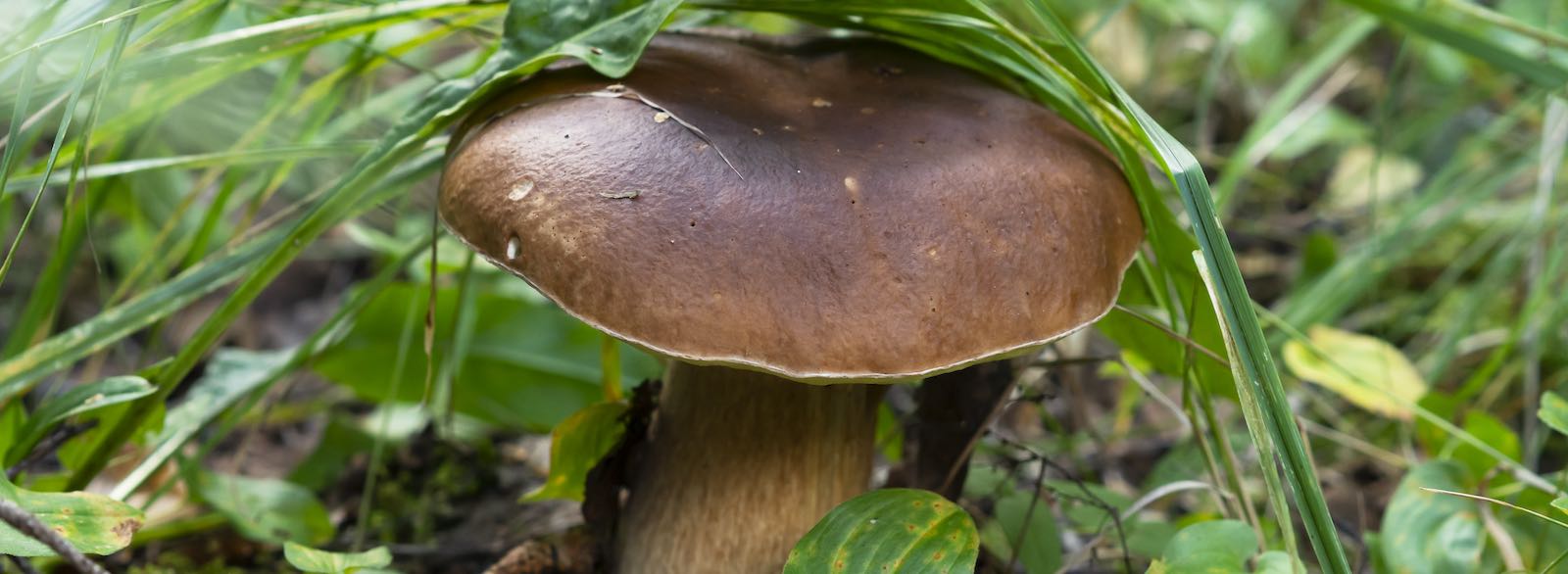BY: Camila Loew
If fungi could speak?what would they say to us?
Their language escapes us, for now, because we try too hard to grasp their mysteries within the framework of our -also powerful but limited- perspective of science. Science is a language of objects; fungi are subjects in themselves, and resist objectification by us humans. Their ways are elusive to us; no matter how hard we try to objectify them, there?s always a missing link, because they create and inhabit their own universe. We want in to that world, we want to see what it beholds for us. They let us take a peek, but merely a glimpse of the many powers they contain within themselves.
Fungi -specifically mycelium, the thread-like vegetative part of fungi- are known to create a network of underground connections. As opposed to our scientific tendency to separate and objectify, mycelium join things together. They not only communicate with each other, but also allow an entire forest to communicate.

The Anishinaabe ethnobotanist and Indigenous medicine woman Keewaydinoquay Peschel wrote in a treatise on fungi in 1978 in which she describes the term Puhpohwee, which means "to swell up in stature suddenly and silently from an unseen source of power." The term is most common when in reference to fungi: imagine the force of a mushroom popping up out of the ground overnight. However, Puhpohwee is not necessarily limited to fungi. We have, of course, no equivalent English name for this potential of fungi; why would we? What we cannot grasp remains nameless. But what if we were able to emulate the life force of mushrooms? Grow silently, suddenly, communally. Grow together, not apart.
For that is the message of mycelium: standing together makes us grow stronger, and benefits us all.